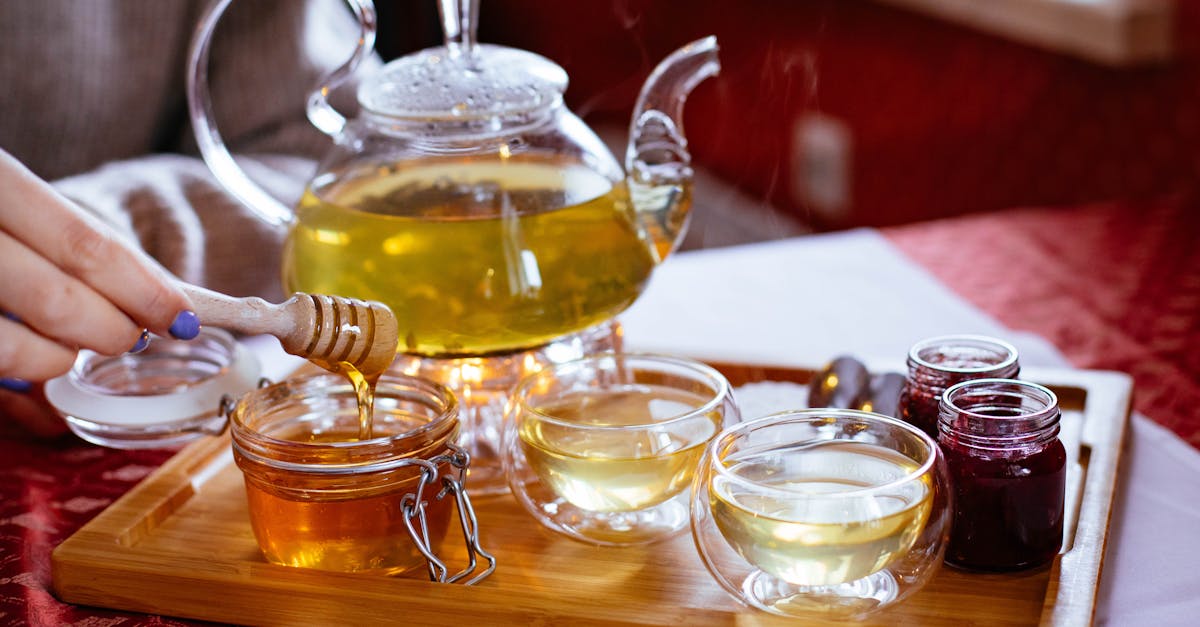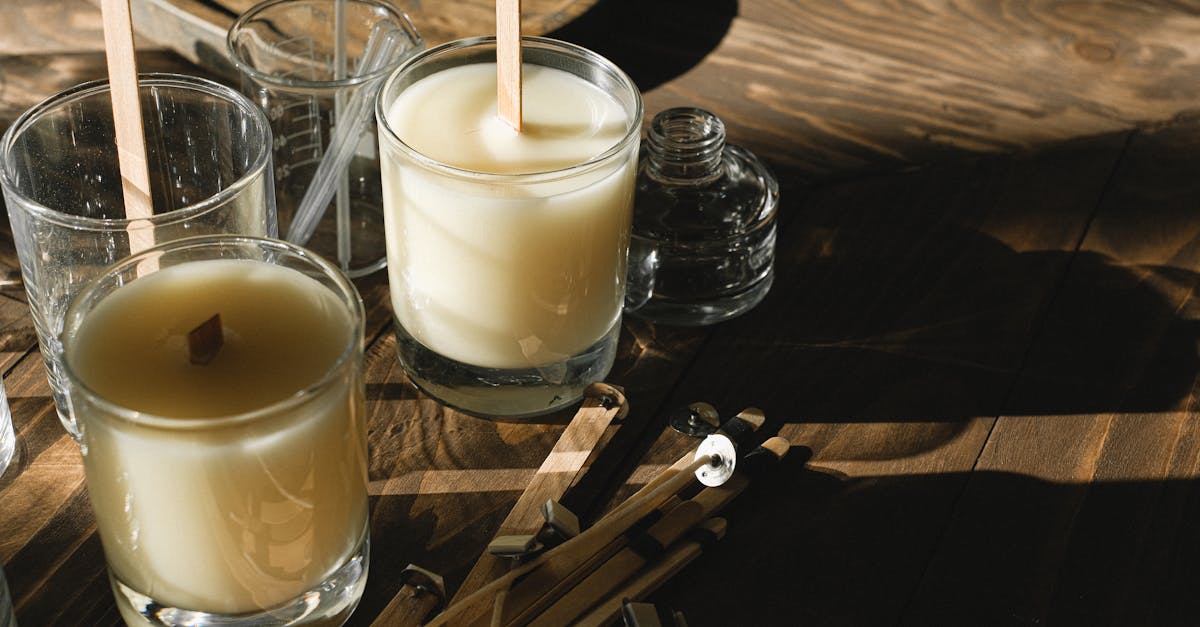Key Takeaways
- Wicking in hydroponics uses capillary action for consistent water and nutrient delivery to plant roots.
- Choosing the right wicking material like cotton, polyester, or nylon is crucial for effective hydroponic systems.
- Benefits of using wicking materials include efficient water distribution, low maintenance, improved aeration, and cost-effectiveness.
- Top wicking materials for hydroponic setups include coconut coir, perlite, and vermiculite, known for their water retention and aeration properties.
- When selecting wicking materials, consider factors like water retention, aeration, drainage, and nutrient retention for optimal plant growth.
- Tips for maintaining wicking material efficiency include regular inspections, cleaning when needed, monitoring water levels, and avoiding contamination.

Understanding Wicking in Hydroponics
In hydroponics, wicking is a process that allows plants to absorb water and nutrients through a medium such as soil or perlite.
This method uses capillary action to deliver moisture consistently to the roots.
Wicking is ideal for beginners due to its simplicity and low maintenance. The most common wicking materials are cotton, polyester, and nylon. These materials efficiently transfer water to the plant’s roots.
Using the right wicking material is critical for the success of your hydroponic system. Choosing a material that can retain moisture without becoming waterlogged is key. Cotton is a popular choice due to its natural absorbency.
For more detailed information on wicking materials in hydroponics, you can check out this informative article by Hydroponics Simplified.
Benefits of Using Wicking Material
When it comes to hydroponics, using the right wicking material can make all the difference. Here are some key benefits of incorporating wicking materials in your hydroponic system:
- Efficient water distribution: Wicking materials help distribute water and nutrients consistently to plant roots.
- Low maintenance: Once set up, wicking systems typically require minimal maintenance, making them ideal for beginners.
- Improved aeration: Certain wicking materials also aid in better aeration of the root zone, promoting healthier plant growth.
- Cost-effective: Using wicking materials can be a budget-friendly option for maintaining a thriving hydroponic setup.
For more insights on wicking materials in hydroponics, check out this resource by Hydroponics Simplified.

Top Wicking Materials for Hydroponic Systems
When it comes to choosing the best wicking materials for your hydroponic setup, there are a few options that stand out for their effectiveness and reliability. Here are some of the top wicking materials that can help you achieve optimal plant growth:
- Coconut Coir: Known for its excellent water retention and aeration properties, coconut coir is a popular choice among hydroponic enthusiasts.
- Perlite: This lightweight volcanic rock is great for promoting drainage and aeration in hydroponic systems, ensuring that roots have access to ample oxygen.
- Vermiculite: With its ability to hold water and nutrients, vermiculite is often used along with other wicking materials to enhance water distribution.
For more in-depth information on wicking materials and their applications, check out this resource by Hydroponics Simplified.
How to Choose the Best Wicking Material
- Water Retention: Look for materials that can efficiently retain water to ensure your plants stay hydrated.
- Aeration: Opt for materials that provide adequate oxygen to the roots for healthy plant growth.
- Drainage: Consider materials that promote proper drainage to prevent waterlogging.
- Nutrient Retention: Choose materials that can hold onto important nutrients for your plants.
Ensuring a balance of these properties will help you select the ideal wicking material for your hydroponic setup. For more insights on choosing wicking materials, check out this detailed guide on The Spruce.

Tips for Maintaining Wicking Material Efficiency
When it comes to maintaining the efficiency of wicking material in your hydroponic system, there are a few tips we’d like to share:
- Regular Inspections: Check the condition of your wicking material frequently to ensure it’s working effectively.
- Cleaning:Clean the wicking material when needed to prevent clogs and ensure proper water flow.
- Optimal Water Levels:Monitor and maintain consistentwater levels to support healthyplant growth.
- Avoid Contamination:Prevent any contamination of the wicking material to ensure it functions efficiently.
For more detailed guidance on maintaining wicking materials in hydroponics, you can refer to this detailed guide from The Spruce.
